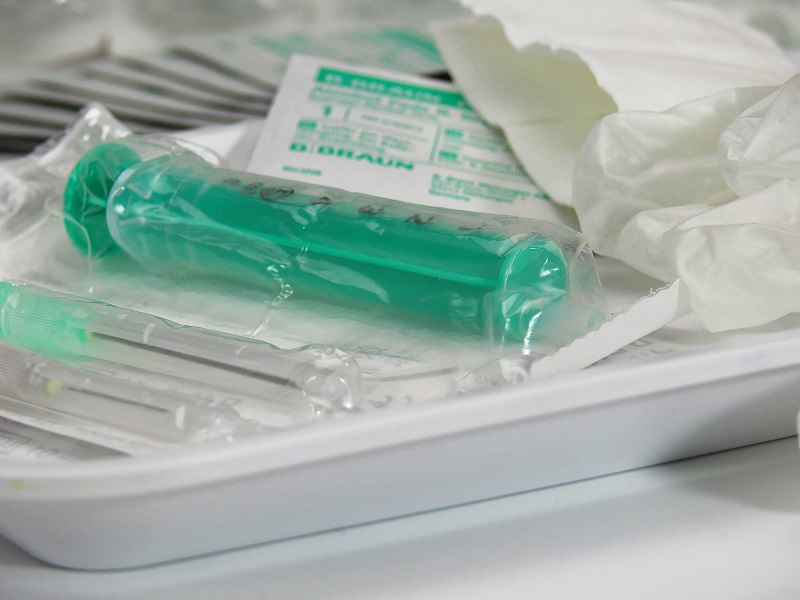Biohazards are dangerous material that are generated through activity like health care services and more. But what does it mean when a product is biohazardous and how can you identify if something is a threat to you?
For example, if you work in health care, you run the risk of coming across dangerous materials. The majority of waste in the health care industry is harmless, but around 15% is considered biohazardous.
Knowing what is a biohazard is crucial to staying safe and reducing waste. Let’s look at how to identify them and what you can do if you come across them.
Table of Contents
What is a Biohazard?
Biohazards are material that can hurt you and the environment either immediately or long term. Specifically, it’s a type of waste that has come into contact with a biological substance.
You can also think of biohazard waste as an “infectious material”. It can be a toxin, a virus, or something else that can make you sick.
Let’s look at some biohazard examples that you’re most likely to come across and discover more about how to dispose of them correctly.
Laboratory Waste
Often in the health care field, viruses, bacteria, spores, and other microbiological organisms are cultivated for research purposes. Some of them can be dangerous if someone comes into direct contact with them.
The equipment used to grow live and attenuated vaccines, viruses, bacteria, and more are also dangerous. Professional lab cleanup services should be called to handle this type of waste.
Human Medical Waste
Hospitals, treatment facilities, and doctors’ offices all generate medical waste. Fluids, like blood, or items that have been used in medical procedures, like needles, all are biohazardous.
Needles, glass slides, and more go in sharps containers. Some items used in medical procedures can be sterilized in the high heat of an autoclave.
Bodily fluids and surgical matter needs to be disposed of through a special medical waste service. There are many vendors that typically work with medical facilities to get rid of this type of waste.
How to Handle Biohazardous Waste
There are federal agencies that create recommendations on handling radioactive and chemical waste. There aren’t any agencies that deal with biohazardous waste but there’s still guidelines you should follow.
First, secure the area if there’s been any biological spills. Next, contact whatever vendor you use that helps manage biohazard materials.
Finally, treat each biohazardous material as if it can be deadly and contagious. It’s better to be safe than sorry.
Dealing with Biohazards
Now that you know what is a biohazard, you know what to do if you have to work with these materials. They’re a unique challenge, and if handled incorrectly, could be fatal.
Always be safe around biohazardous material. Never assume that you can handle anything that’s come into contact with biological material.
Treat anything that could be considered a biohazard as contagious. Handle with care or contact a professional immediately.
Learn more about how to stay safe and navigate any dangers. Check out our other how-to articles.





